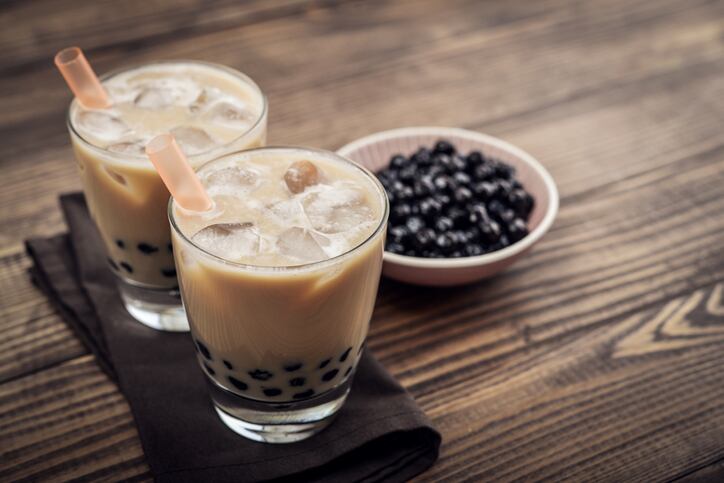Despite its huge popularity, especially in Asia, bubble tea is also associated with concerns around diabetes and obesity. A 500mL drink contains at least 8.5 teaspoons of sugar, and between 281 to 640 calories.
Holista CollTech’s chief executive officer, Dr. Rajen Manicka told FoodNavigator-Asia: “Some surveys amongst mothers’ have shown grave concern on the ill health effects of bubble tea.”
He said the motivation behind the collaboration was to develop healthier alternatives to sugar and starch laden bubble tea, "The Bubble Tea fad is not going to go away. The challenge is to offer a healthier version which can significantly reduce the potential of higher incidence of diabetes and obesity.”
Lower GI ingredients
Manicka said all three ingredients would have a lower Glycemic Index (GI), which measures a food's impact on blood sugar.
A lower GI would mean more time to digest and absorb glucose, while a higher GI spikes up blood sugar levels, causing diabetes and increasing the chances of obesity, stroke and heart disease.
Holista, a food ingredients specialist, and Fruit Hub, which processes and packages fruit juices and beverage ingredients would co-develop lower-GI pearls, also known as tapioca starch balls measuring 0.8 to 1.0 cm each, accounting for about a third of the drink's calorie count.
The pearls are made with Holista’s patented GI-Lite, an all-natural formula with tapioca starch to lower the GI.
It is expected to reduce the GI to below 55, the current GI of pearls in the market range from 70 to 80, said Manicka.
The firms will also work on the sweetener used in bubble tea, mainly sugar syrup. It would be produced using Holista's proprietary low-GI and low-calorie sugar, 80Less, which has 80% lesser calories.
The firms said this would not only reduce unhealthy effects but also lower costs for manufacturers and vendors.
They will also develop a healthier sugar caramel, which is the medium used to cook and sweeten the pearls. It would be made with Holista's proprietary low-GI brown sugar (molasses), which retain sweetness with lower calories.
Manicka said the GI levels for the sugar syrup and sugar caramel were estimated in the range of 80s.
He assured that the lower-GI status would not significantly alter the taste, mouthfeel, and shelf life of the bubble tea ingredients.
All three ingredients would be manufactured at Fruit Hub’s facility in Lanchang, Pahang, in Malaysia.
Future developments
The three products will be tested by the Sydney University GI Research Service (SUGiRS) before hitting local and international markets by Q1 of 2020.
Manicka said with the new ingredients, the firm plans to target markets in Malaysia, China, Japan and Korea where the bubble tea market is growing.
According to independent market analysis firm, Straits Research, Malaysia’s bubble tea market is estimated at RM 209 million (US$49.8 million) in 2019, and expected to grow 6.9% from 2019 to 2026.
Holista currently have a range of low-GI noodles, roti canai, chappati flatbread sold in Malaysia, China and Korea.
According to Manicka, the firm is working on low-GI white bread in Australia, low-GI tortilla in US and China, low-GI cake and pastry in Malaysia, and low-GI linguine in Canada.




